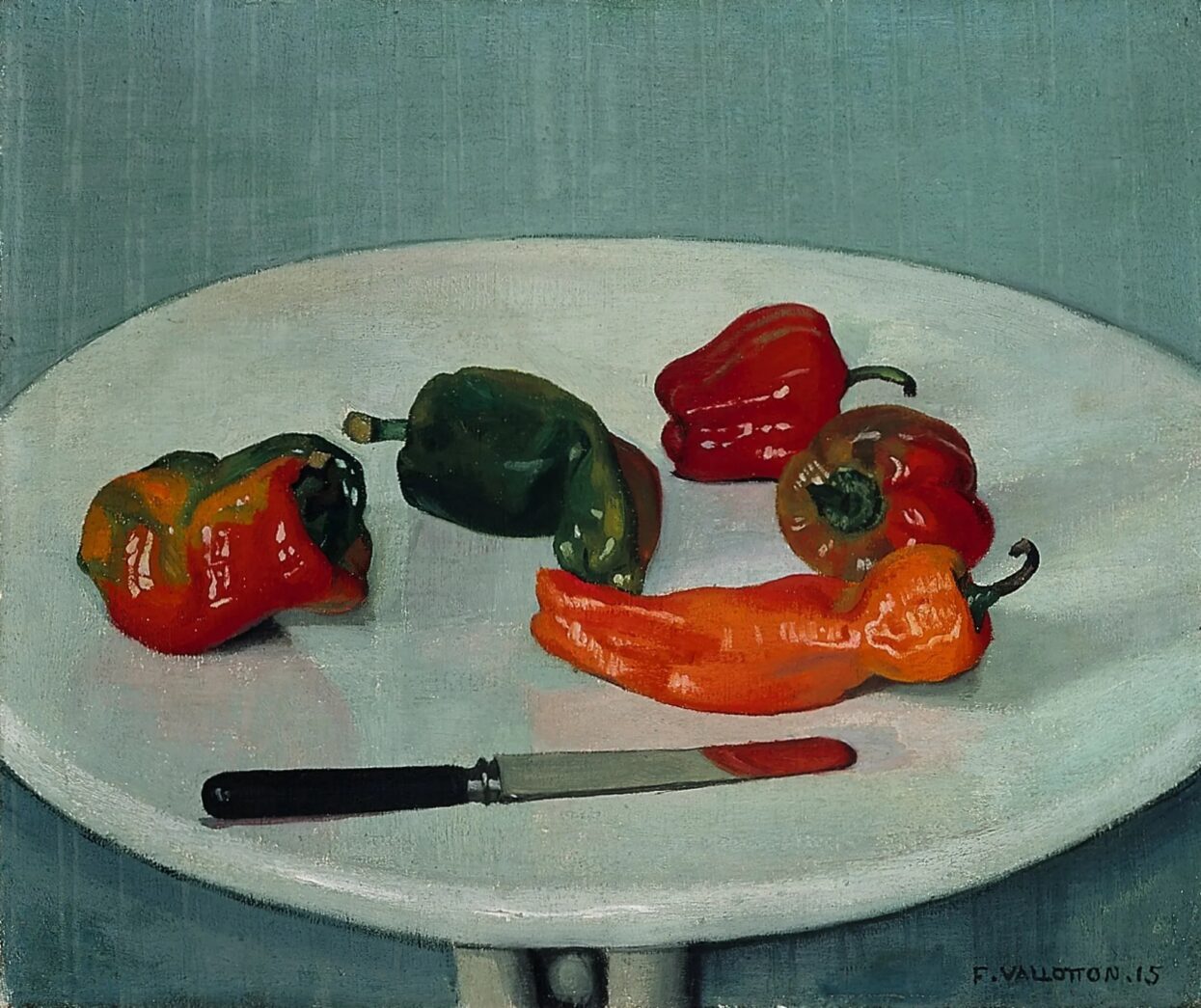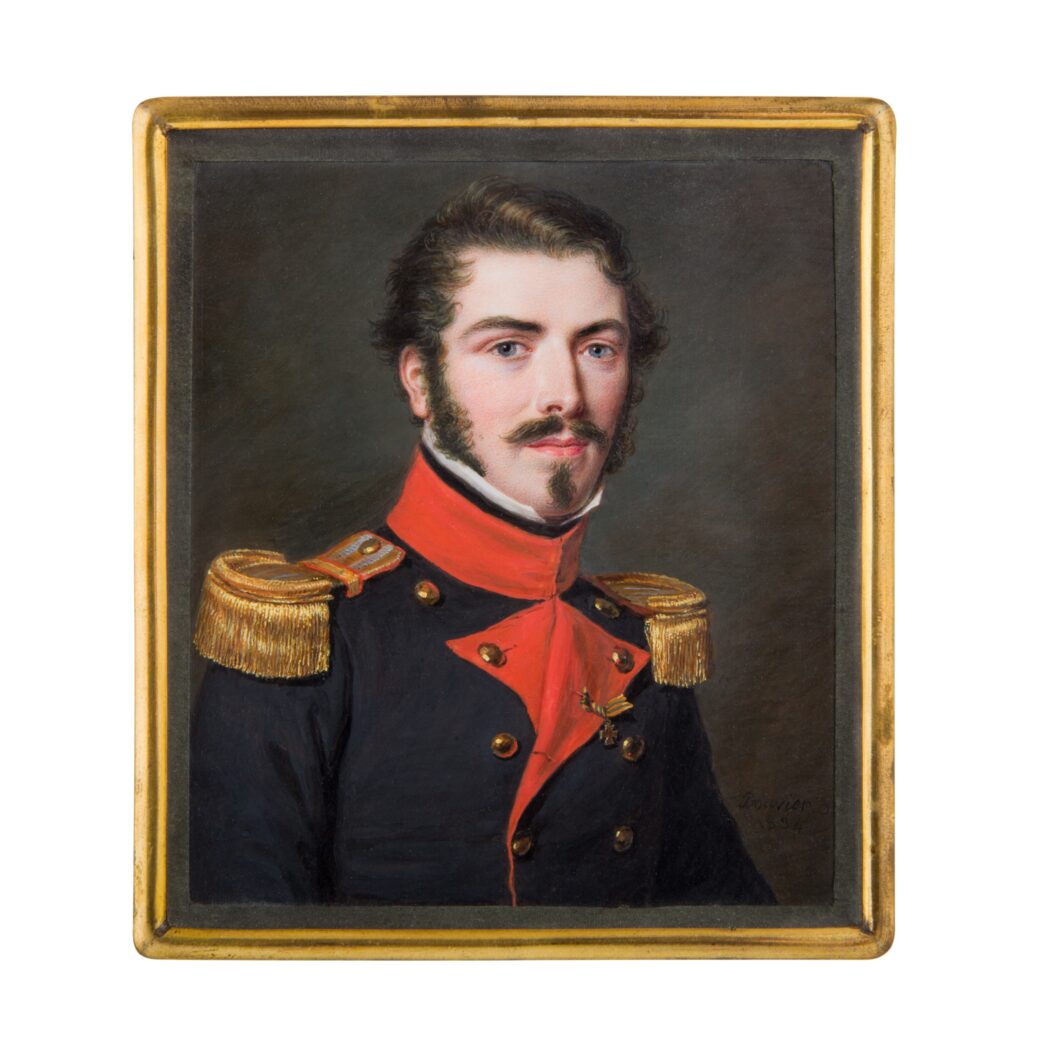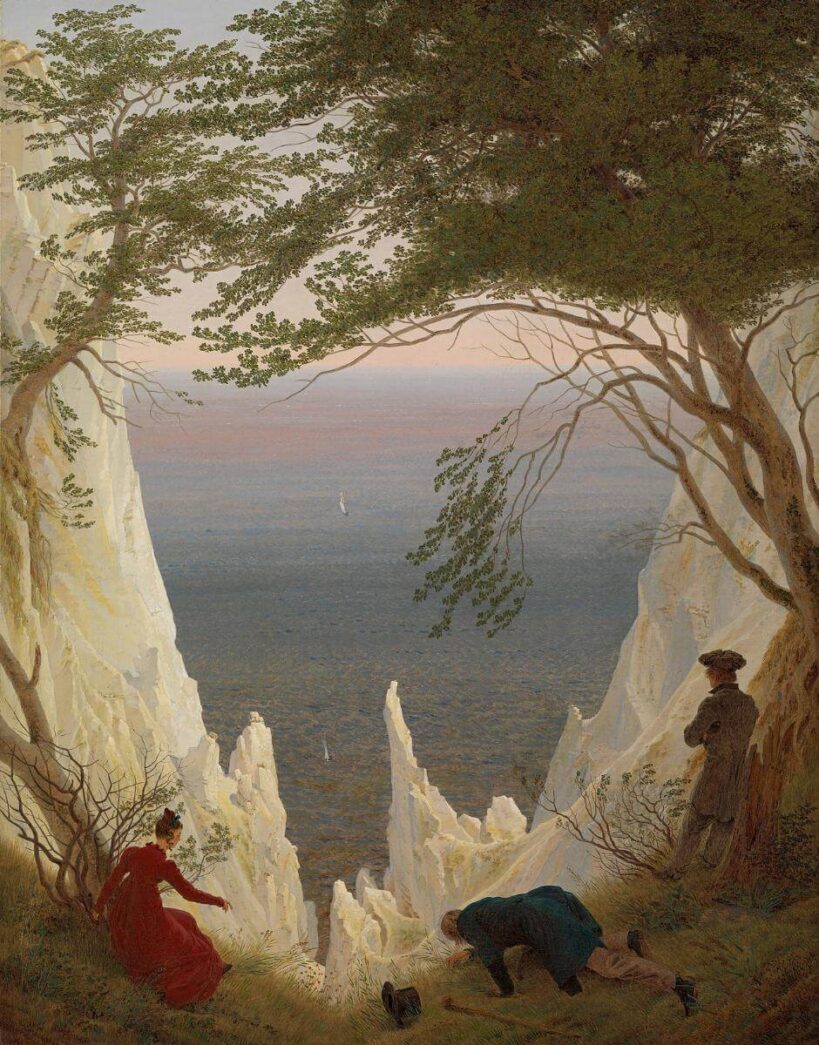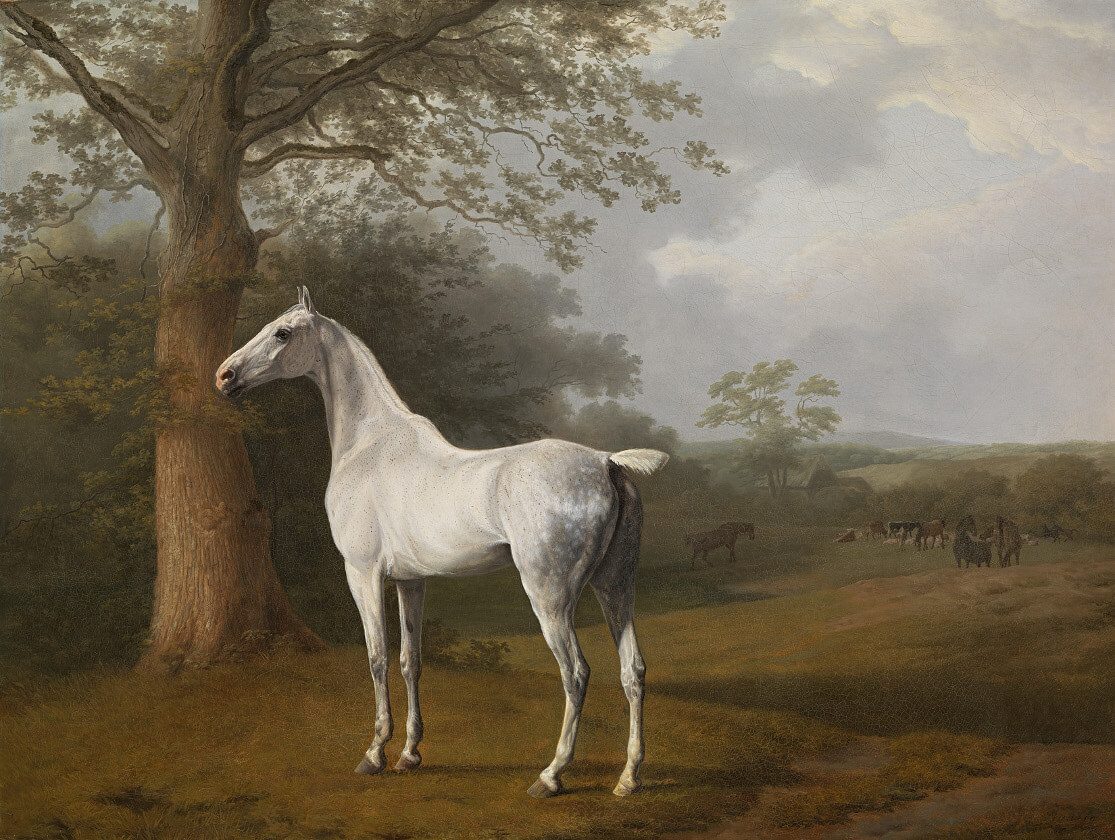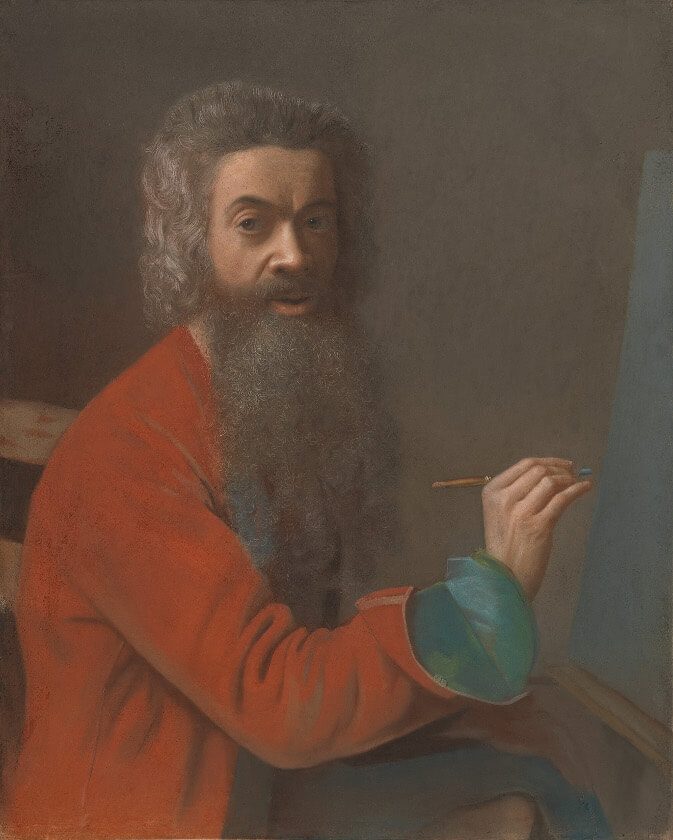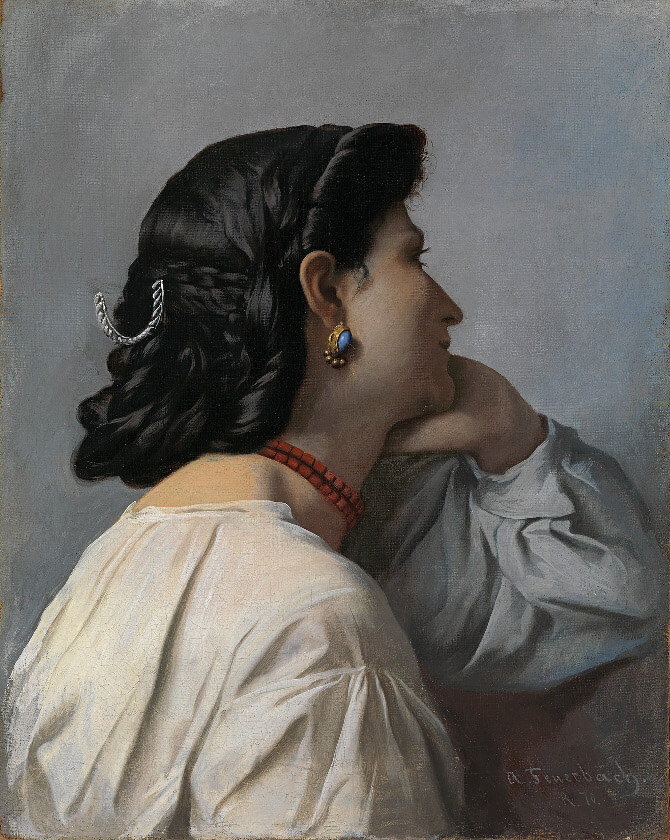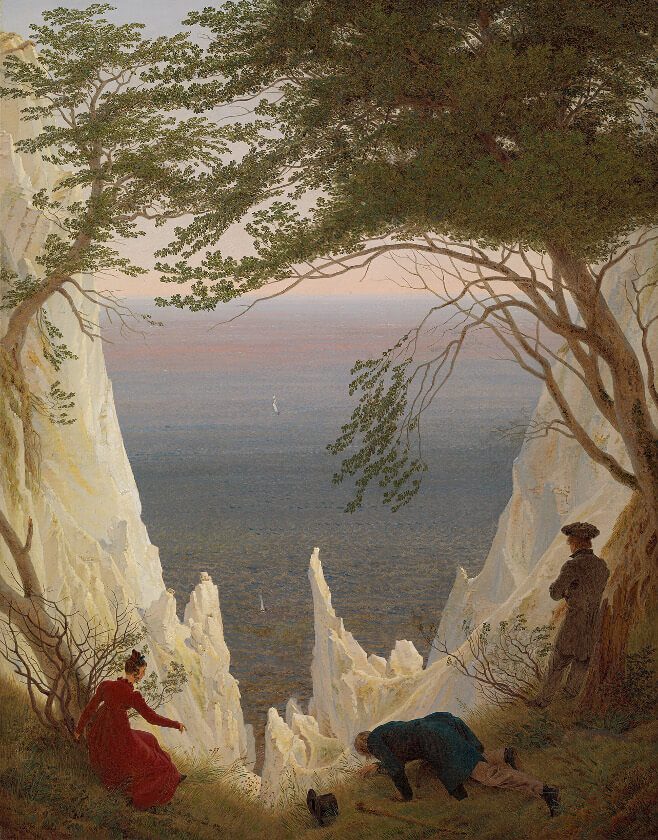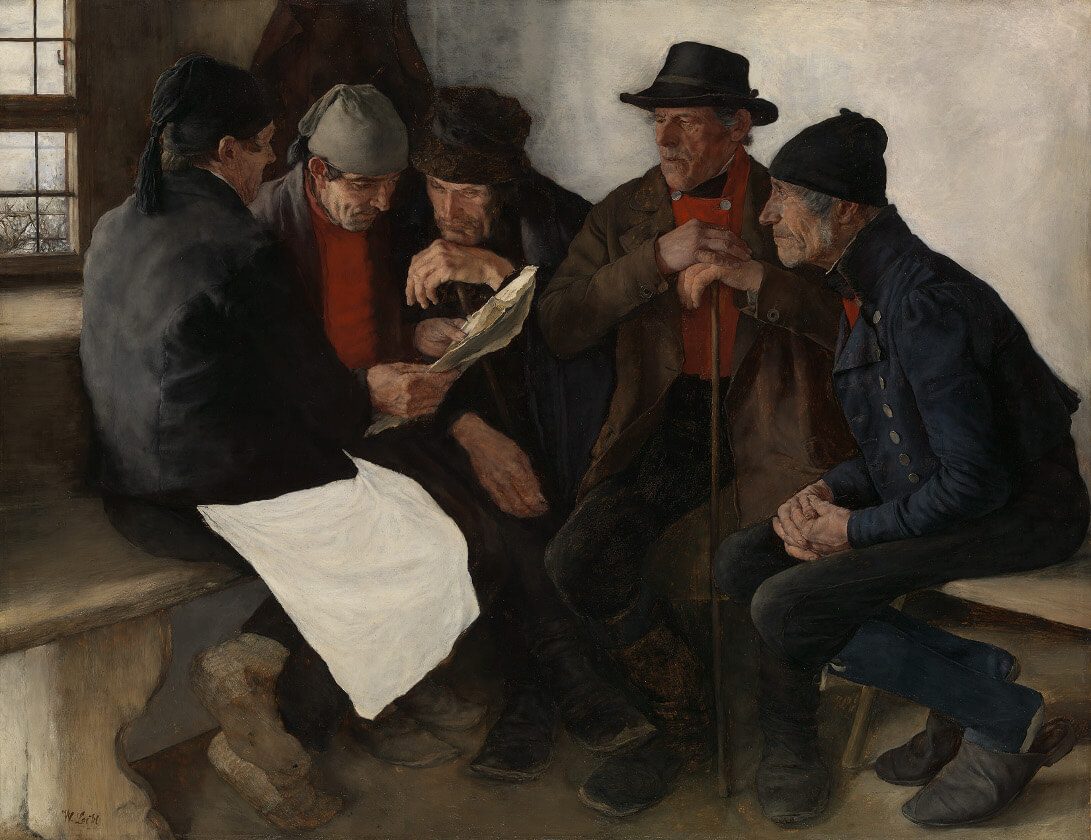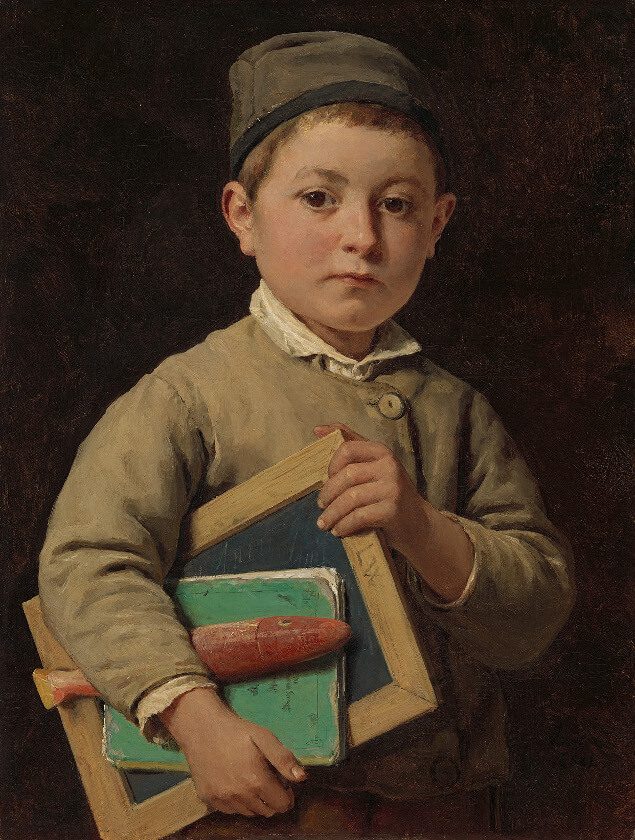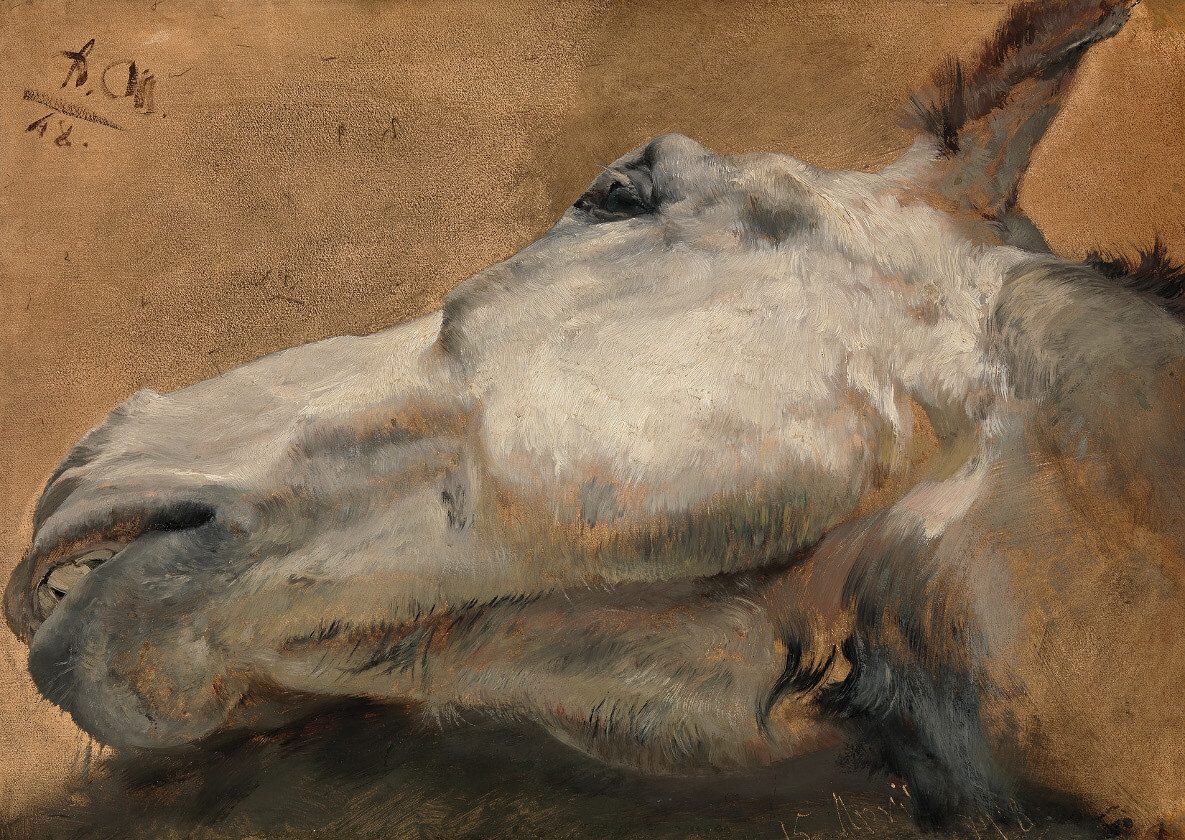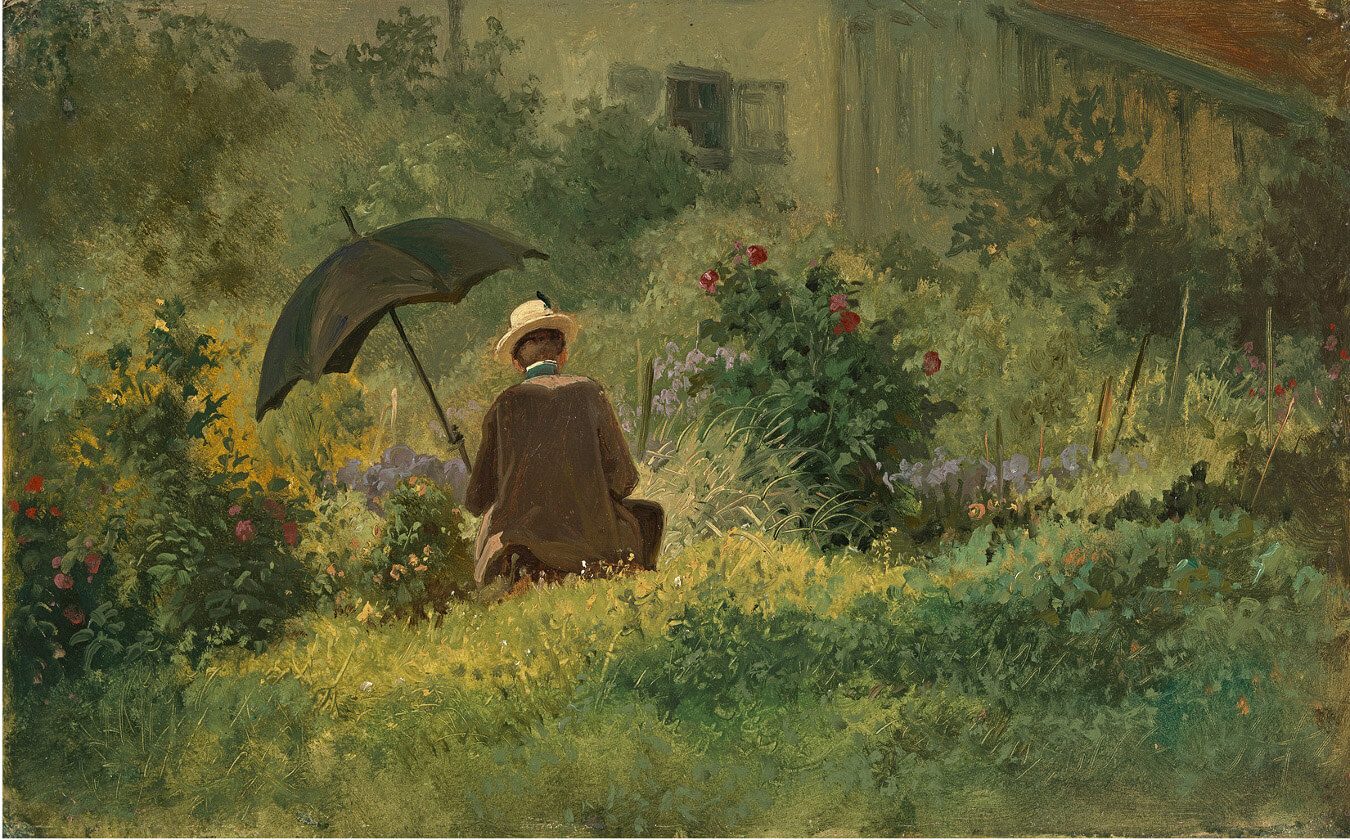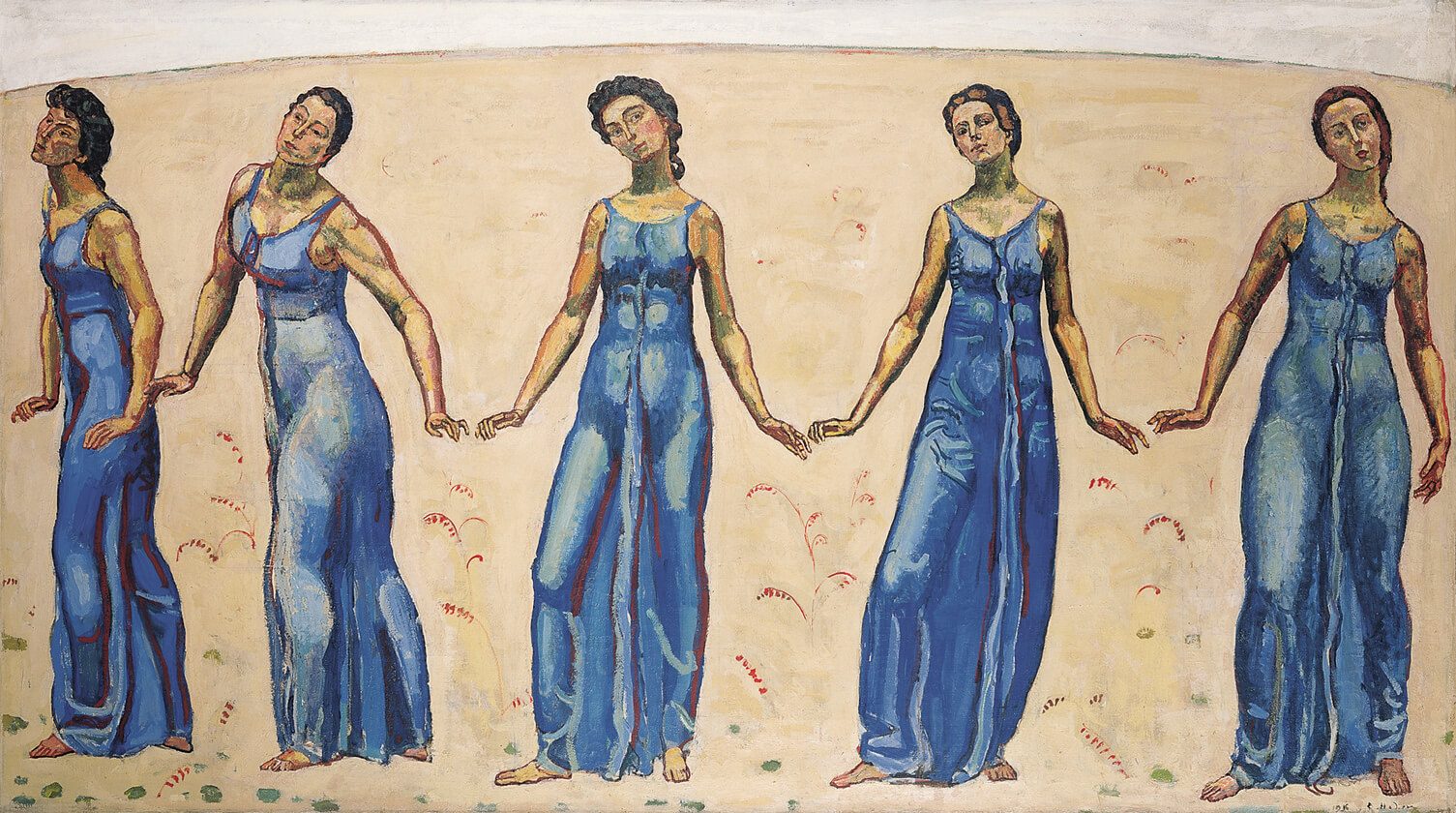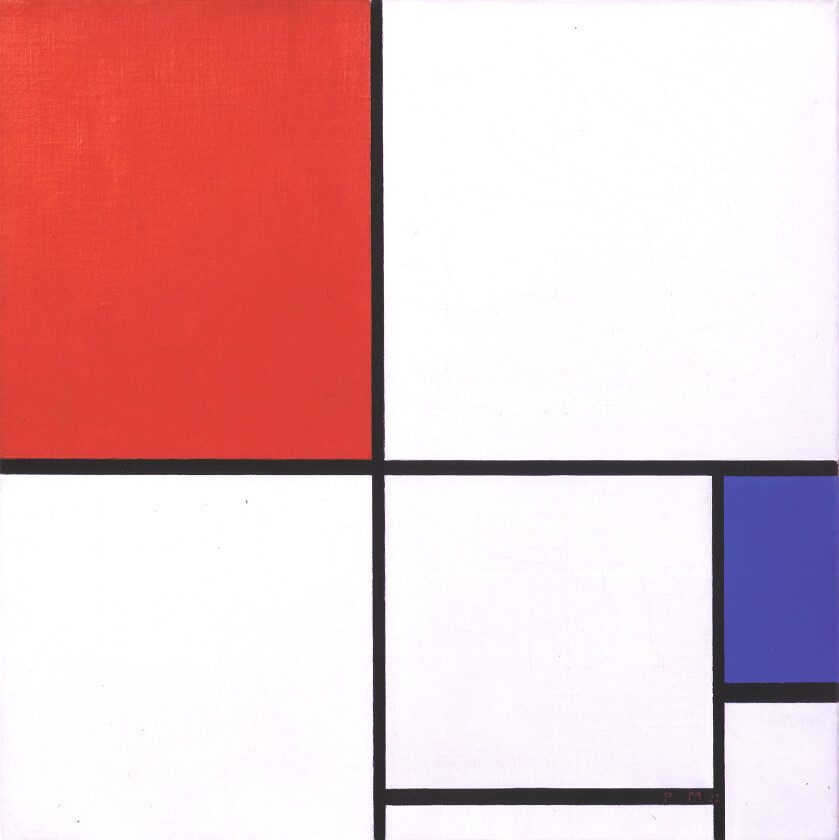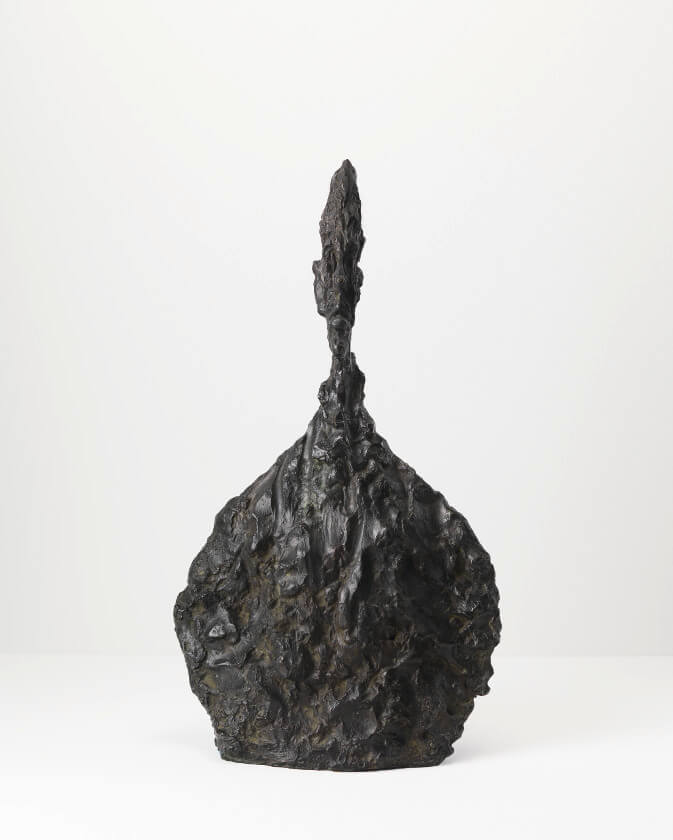Enlightenment, Romanticism and Realism
The Age of Enlightenment is represented by the celebrated portraitists Jean-Étienne Liotard and Anton Graff along with major works by Johann Heinrich Füssli. The development of landscape painting can be traced from Felix Meyer over Caspar Wolf, the Geneva School around Wolfgang-Adam Töpffer to 19th century painters such as Alexandre Calame, Camille Corot and Barthélemy Menn. Nowhere else outside of the French-speaking part of Switzerland can Western Swiss painting be experienced as thoroughly.
19th century painting, marked by its multifarious characteristics, stands at the collection’s centre: A group of works by Caspar David Friedrich typify early Romanticism; Biedermeier and Realism are represented through works by Carl Spitzweg and Ferdinand Kobell, Adolph Menzel and Wilhelm Leibl. Extensive ensembles by Austrian and Swiss colleagues, including Ferdinand Georg Waldmüller, Rudolf Koller, Robert Zünd, Frank Buchser and Albert Anker can also be seen alongside the German Romans («Deutsch-Römer») Arnold Böcklin, Hans von Marées and Anselm Feuerbach.


